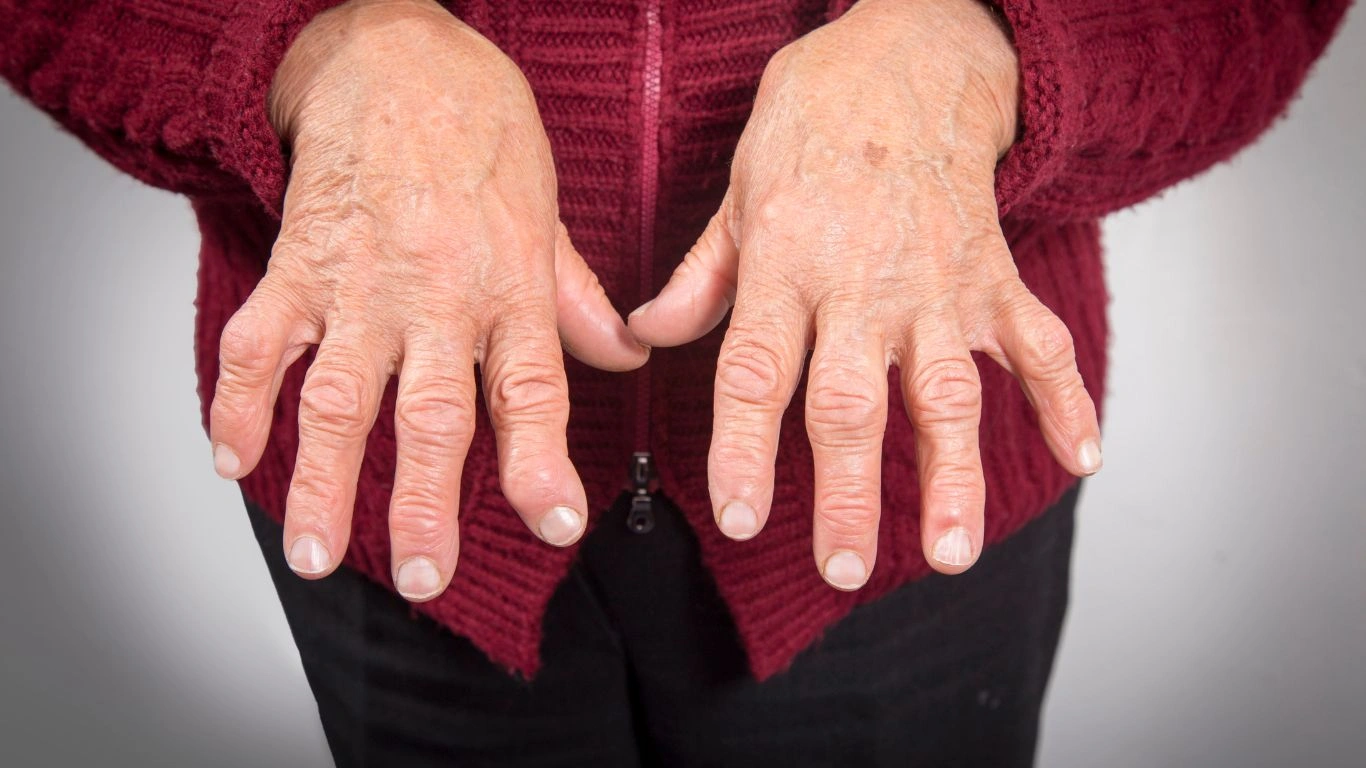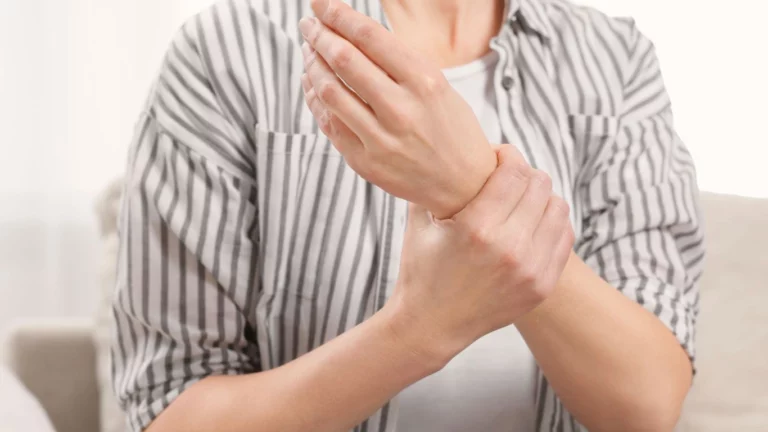Breakthrough Insights on Rheumatoid Arthritis in Teenagers
When people hear about rheumatoid arthritis, they often picture an older adult struggling with joint pain. But what many don’t realize—and what I’ve seen far too often in my practice as a Rheumatology nurse practitioner—is that rheumatoid arthritis in teenagers: what to know is a whole different world. It’s a journey full of surprises, setbacks, strength, and learning. RA in teens isn’t just a smaller version of the adult condition; it’s a distinct experience with unique challenges that deserve more attention than they usually get.
What is Juvenile Rheumatoid Arthritis (JRA)?
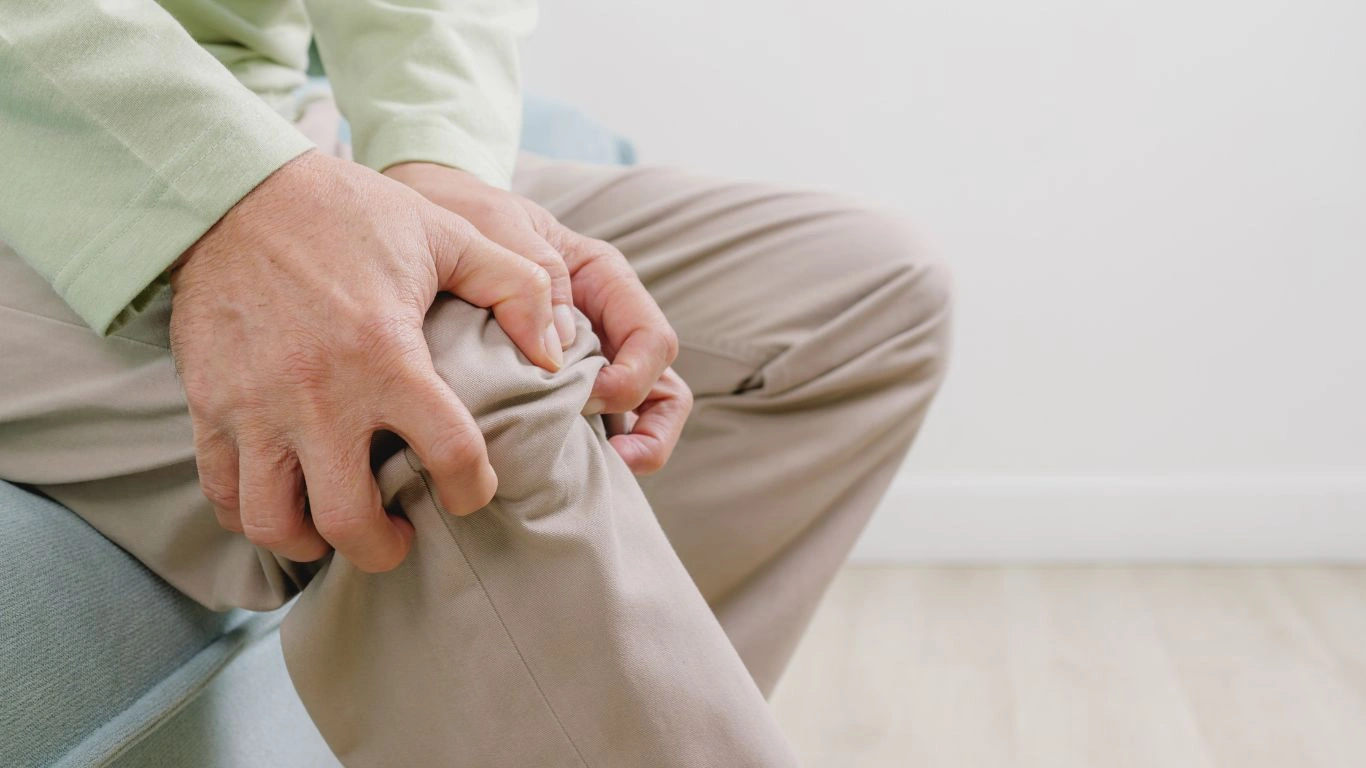
Let’s clear up the name confusion first—these days, we mostly refer to it as juvenile idiopathic arthritis (JIA), but a lot of folks still know it as juvenile rheumatoid arthritis. Either way, it’s a type of autoimmune disease where the immune system gets its wires crossed and attacks healthy joint tissues. And yes, this can start in kids as young as 2—but teenagers often fall right into that diagnostic sweet spot, typically between 12 and 16 years old.
I can’t tell you how many times I’ve had teens come into the clinic thinking they’ve just sprained something at soccer practice or that they’re “just growing.” RA in teens can be tricky to catch because it hides behind common adolescent issues like sports injuries, fatigue, or just plain old teenage moodiness. But those persistent swollen knees or sore wrists that don’t get better? That’s when alarms should start going off.
Common Signs to Watch for in Teens

Knowing the signs early can make a huge difference. One teen I worked with, a 15-year-old named Rachel, had been brushing off her morning stiffness as “sleeping weird.” Turns out, it was the beginning of RA. Here’s what to look for:
- Persistent joint pain – especially in the knees, wrists, ankles, or fingers
- Stiffness in the morning that takes more than 30 minutes to go away
- Swollen joints that feel warm to the touch
- Fatigue that doesn’t match the level of activity
- Low-grade fevers or loss of appetite
Sometimes the symptoms are so subtle they just get chalked up to teen drama or puberty. That’s why I always tell parents and caregivers—you know your kid best. If something feels off, it probably is.
Why Early Diagnosis is a Game-Changer
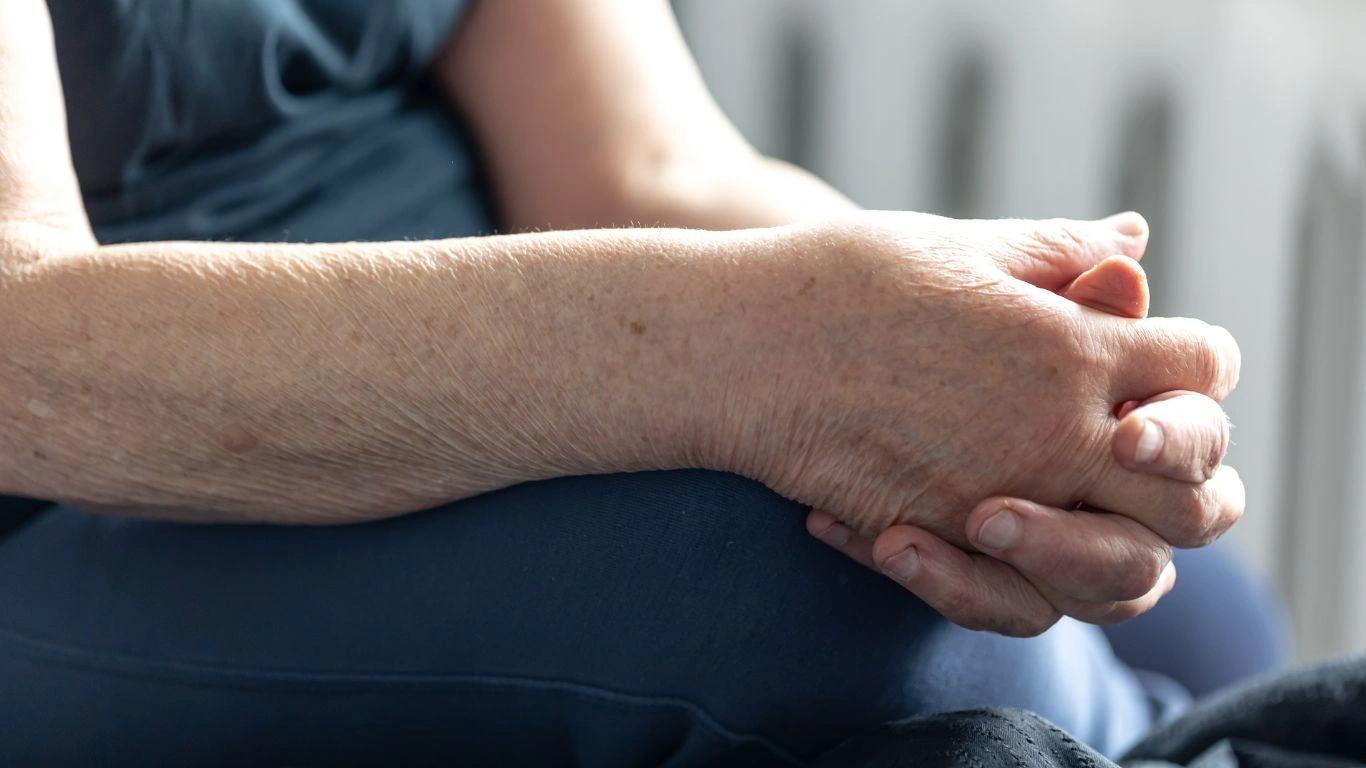
Getting a solid diagnosis early on is crucial, not just for pain relief, but to protect those joints from long-term damage. In my clinical experience, teens who start treatment early tend to manage their symptoms way better—and often get back to their regular lives faster. It’s not just about meds either (though yes, we often use DMARDs like methotrexate or even biologics). It’s about putting together a plan that includes:
- Medication management – to calm down that overactive immune response
- Physical therapy – to keep joints flexible and muscles strong
- Emotional support – because let’s be honest, a teen with RA faces a different kind of social pressure
- Diet and lifestyle tweaks – more anti-inflammatory foods, less screen time, better sleep
Teenagers want to feel “normal.” They don’t want to explain why they’re limping between classes or missing out on gym. That’s why catching it early and normalizing the treatment process is so important. I’ve seen teens go from overwhelmed and in pain to confident and in control. It’s truly rewarding to watch that transformation.
Rheumatoid Arthritis in Teenagers: What to Know About Their Unique Challenges
Unlike adults, teenagers are still growing—physically, emotionally, and socially. RA doesn’t just hurt their joints; it can impact their entire development. Think about it: how do you explain to your peers that you’re on medications typically prescribed to older adults? Or why you can’t participate in school sports anymore?
Teens are navigating identity, independence, and peer pressure—all while dealing with flare-ups, fatigue, and unpredictable joint pain. I once had a 17-year-old patient who said, “It’s like my body is 70, but my friends are all 17.” That stuck with me. It’s not just about treating the physical symptoms. It’s about acknowledging the full experience.
The Emotional Weight of RA: It’s More Than Just Joints

Let’s talk about the emotional stuff—because wow, it’s real. RA in teens doesn’t just wear down their joints, it wears down their spirit too. I’ve sat across from patients who looked fine on the outside but were quietly carrying the emotional weight of missing out on dances, team sports, sleepovers… normal teen life. And it’s not just the teens—it hits parents hard too. I’ve had moms and dads break down in clinic rooms because they feel helpless watching their child struggle.
One thing I always emphasize is this: emotional support is just as critical as medication. We bring in pediatric counselors, connect families with teen support groups, and even talk to school staff if needed. RA is an invisible illness, and that can make teens feel isolated. Having someone say “I get it” can change everything.
Rheumatoid Arthritis in Teenagers: What to Know About School Life

If you’ve ever tried to write an essay with stiff fingers or walk between classes when your knees feel like they’re on fire, you’ll understand why school can become a battlefield for teens with RA. I remember a 14-year-old boy, super bright, who started falling behind not because he wasn’t smart—but because he physically couldn’t keep up with the pace of school life. He was embarrassed to ask for help and didn’t want to be “that kid with the medical problem.”
Here are a few ways we help teens navigate the school environment:
- 504 Plans and IEPs: These legal accommodations can allow for modified schedules, extra time on assignments, and even access to physical therapy during the school day.
- Buddy systems: Some schools allow a friend to carry books or assist with physical tasks.
- Communication: Helping teens advocate for themselves and explain their condition in a way that feels comfortable to them.
It’s not about giving special treatment—it’s about leveling the playing field. When schools understand the disease, teens thrive. And let’s be real, confidence in the classroom translates to confidence in life.
Nutrition and Lifestyle Tweaks That Make a Difference
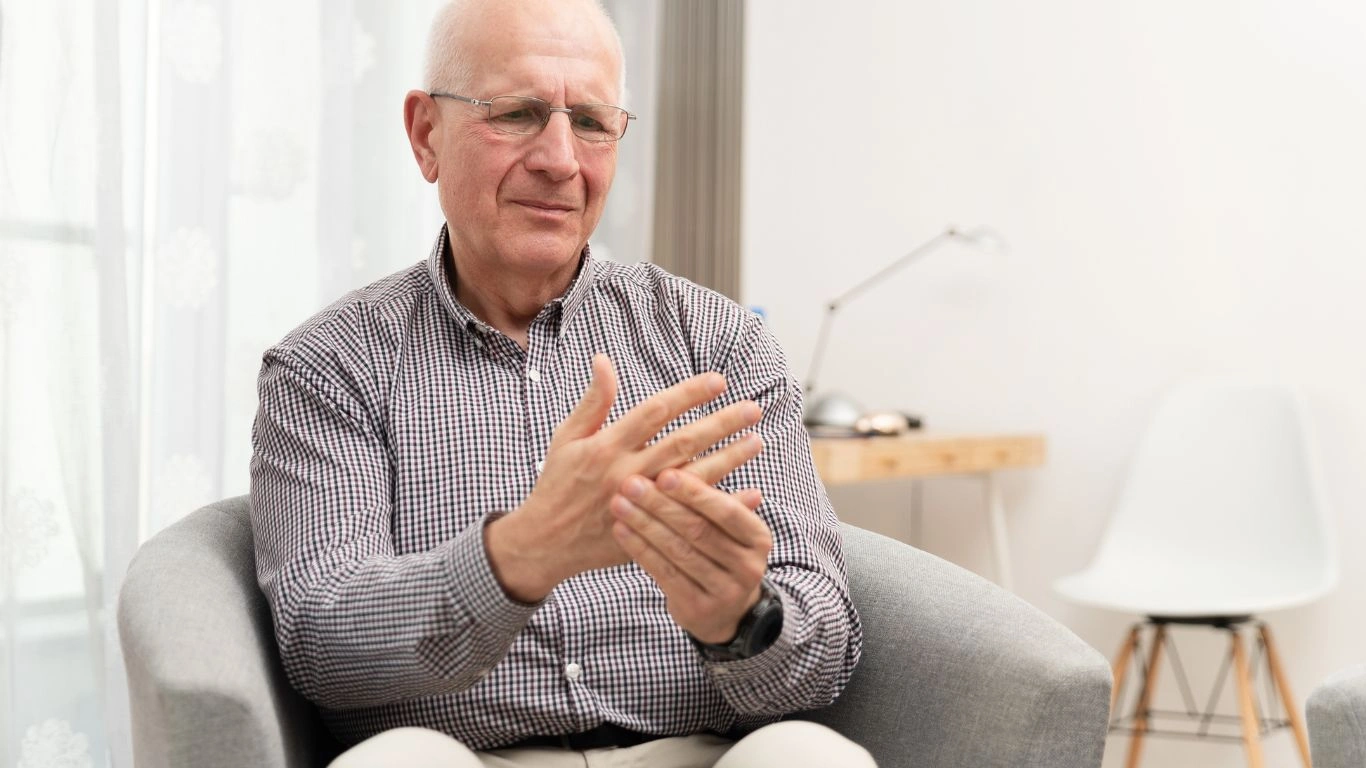
Now, I’m not going to pretend there’s a magic smoothie that cures RA—but I will say this: nutrition and lifestyle matter. I’ve worked with enough families to see patterns. The teens who fuel their bodies right, get quality sleep, and stay active in ways that respect their limits often report fewer flares and a better mood.
Here’s what we often recommend in clinic (and what’s actually doable for busy teens):
- Anti-inflammatory foods: Think salmon, berries, spinach, olive oil. Swap soda for water, toss in some turmeric when cooking, and go easy on the processed junk. You don’t have to be perfect—just mindful.
- Consistent movement: Yoga, swimming, or even short daily walks. I had one teen girl who fell in love with dancing on YouTube and said it made her feel “like she had control again.”
- Sleep hygiene: Teens need sleep like plants need sun. RA flares love stress and exhaustion, so winding down before bed—no screens, maybe some music or stretching—makes a difference.
And don’t forget to let teens have fun! Mental health plays directly into physical health. Laughter, friendships, creative outlets—they’re all medicine too, in my book.
Medication Management: What Teens (and Parents) Should Know
This is where things can get a little overwhelming—especially when the word “biologic” or “immunosuppressant” enters the chat. I always try to slow things down and walk families through the options. Most teens with RA will start on a DMARD (like methotrexate), and if that doesn’t cut it, we consider biologics.
But here’s the thing: teens don’t just need to take their meds—they need to understand them. I encourage them to ask questions, learn about side effects, and be part of the decision-making. That’s how we build trust and get better outcomes.
And yes, side effects can be rough. Nausea, fatigue, headaches. We work through it together. Whether it’s changing the timing of doses or using nausea meds preemptively, there are ways to make it work.
Pro tip from the clinic: Pill organizers and reminder apps are game-changers, especially when teens have a million other things going on. One of my patients even set a reminder in his gaming app so he wouldn’t forget his injection day. Whatever works, right?
What matters most is that teens feel like they have agency—like they’re not just being dragged along on this medical journey, but actively steering the ship. That shift in mindset? It’s powerful. It takes them from feeling like a patient to feeling like a person again.
Helping Teens Take Ownership of Their Condition
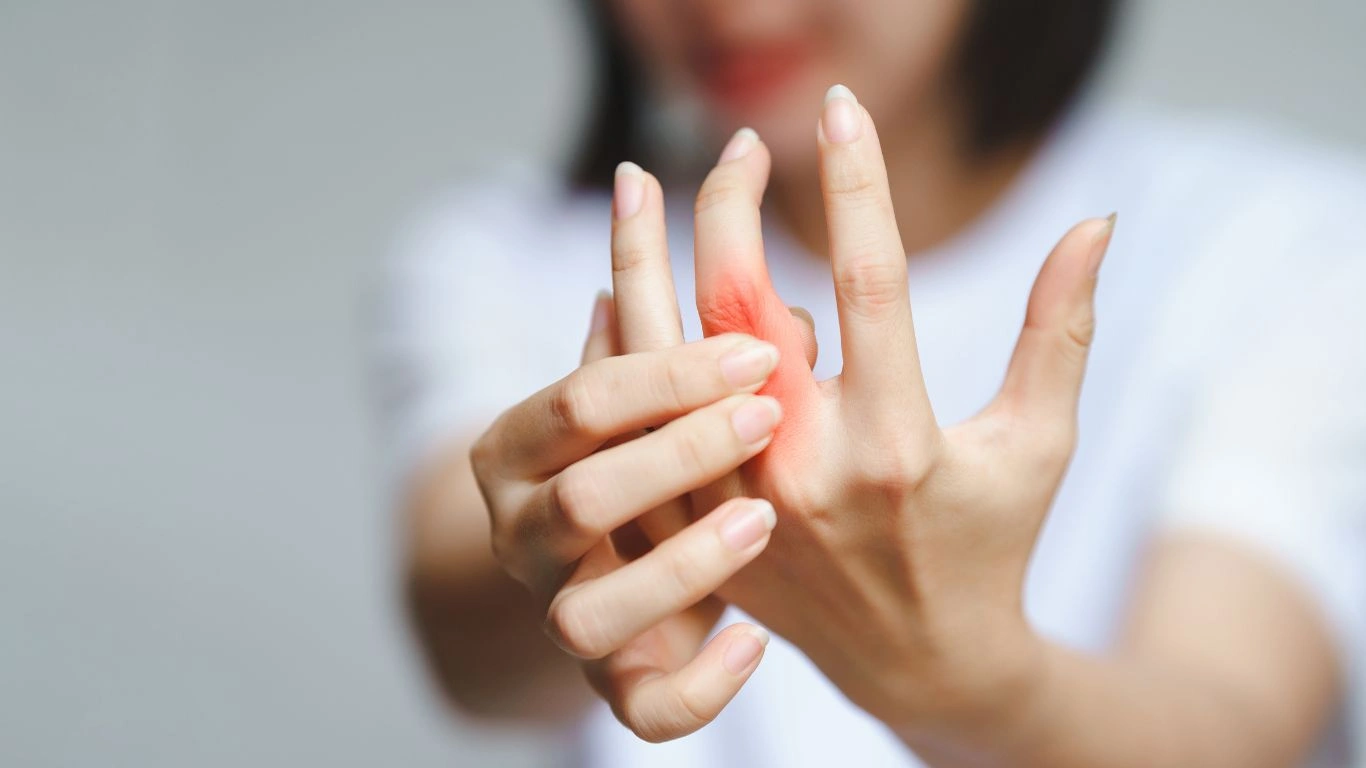
One of the biggest turning points I’ve seen in my teenage patients is when they start owning their diagnosis—not as something that defines them, but as something they understand and actively manage. It’s a mindset shift, and honestly, it’s powerful.
Let’s face it—teens don’t love being told what to do. (Shocking, I know.) So when they feel like their whole health journey is happening around them instead of with them, they check out. That’s why I always involve them directly in care decisions. I talk to them, not just their parents. I explain labs in plain language. We even role-play how to talk to friends or teachers about their condition.
One teen, Alex, told me something that stuck with me: “I just want to feel like I’m not broken.” That’s exactly why empowerment matters. When they understand their treatment plan, know what their meds do, and feel equipped to advocate for themselves, the anxiety starts to loosen its grip. They’re not just surviving anymore—they’re taking control.
Rheumatoid Arthritis in Teenagers: What to Know About Social Life & Friendships
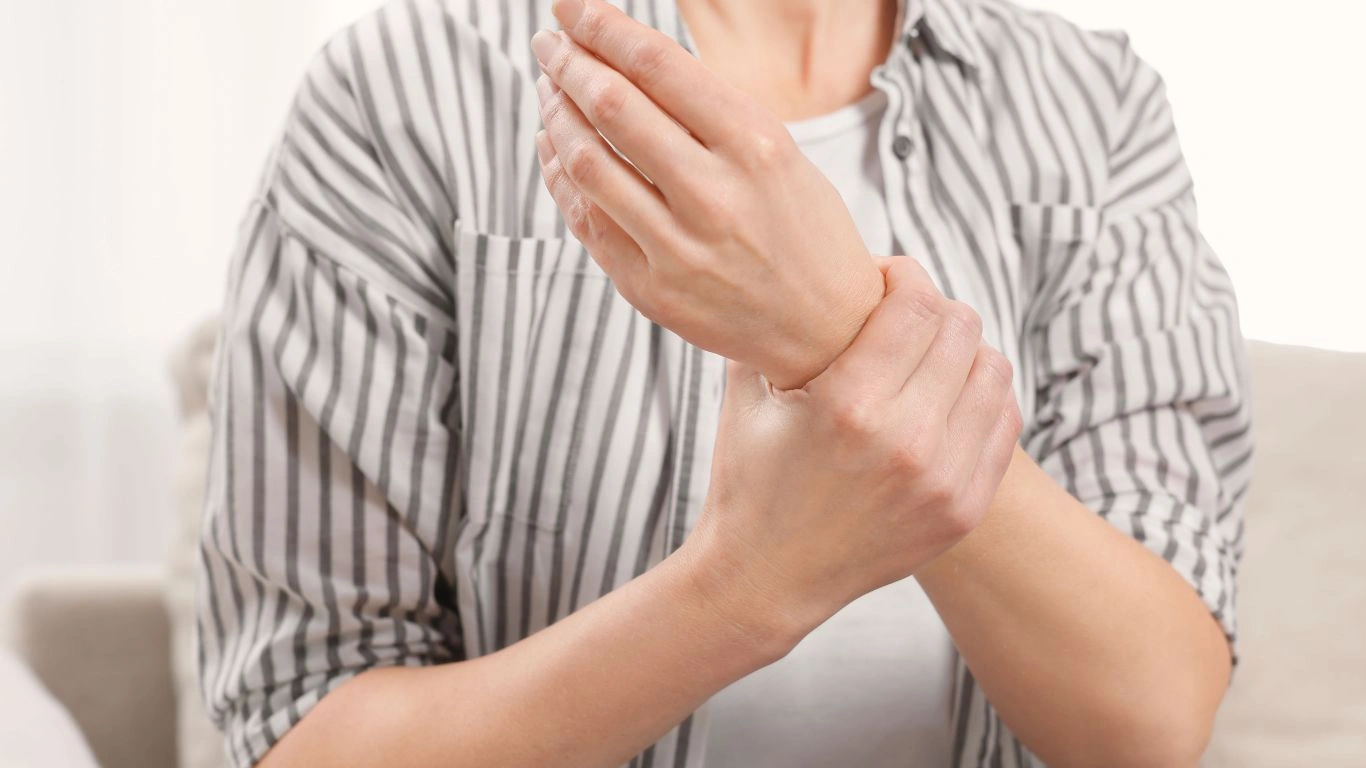
This part of the journey is one I see families underestimate all the time. The social toll of chronic illness can hit harder than the physical one, especially in adolescence. We’re talking about a time in life when everyone wants to fit in—and suddenly, there’s a diagnosis that makes a teen feel different, fragile, or even ashamed.
I’ve worked with teens who’ve skipped parties because they were too tired or self-conscious about their joints. I’ve had girls cry over the shoes they couldn’t wear to prom because their feet were swollen. These things seem small, but they matter. They stack up and impact self-worth.
That’s why I always encourage open conversations—both at home and with friends. Teens need to feel safe being honest about what they’re going through. Some even choose to educate their classmates about RA, which I think is incredibly brave and healing.
If they’re not ready to talk about it? That’s okay too. But giving them space, support, and resources (like teen-focused RA support groups or online communities) can help them feel a little less alone in it all.
Now, let’s talk to the parents for a sec. I see you. You’re doing your best. And it’s hard—really hard—to watch your child deal with something you can’t fix with a hug or a band-aid. But trust me when I say your support makes a world of difference.
Here’s what I tell parents in clinic all the time:
- Let them lead when they’re ready: Encourage independence, even if it means letting them handle meds or appointments (with supervision, of course).
- Normalize, don’t minimize: Don’t pretend the disease doesn’t exist. Acknowledge it, but don’t let it dominate every conversation either.
- Celebrate the wins: Whether it’s walking to class without pain or injecting a biologic on their own—those are victories. Treat them like it.
- Take care of yourself too: A burned-out caregiver can’t pour from an empty cup. It’s okay to get support for yourself.
Remember, you’re the anchor—but they’re the captain of their own ship. You’re helping them steer, not taking the wheel entirely. That balance? It’s gold.
Resources That Actually Help
In the age of Google, there’s no shortage of information—but not all of it’s good. Here are some reputable places I point families toward when they want to learn more about rheumatoid arthritis in teenagers or just feel supported:
- Arthritis Foundation – Great for parent guides, teen stories, and local events.
- American Academy of Pediatrics – Especially helpful for clinical insights and care guidelines.
- American College of Rheumatology – Offers updated medical info and treatment research.
- Centers for Disease Control and Prevention – Trusted source for broader public health info.
These sites align with what we teach in clinic and reflect current best practices in pediatric rheumatology. If it’s online advice you’re after, stick to the sources that are backed by evidence and expert review.
Final Thoughts (No, Not the End of the Road)
If there’s one thing I’ve learned as a Rheumatology nurse practitioner, it’s this: teens with RA are some of the toughest, most resilient people I’ve ever met. They might not see it at first, but every day they get up and keep going is a testament to their strength.
Rheumatoid arthritis in teenagers is a complex, emotional, and physical journey—but it’s also full of growth, grit, and unexpected moments of joy. Whether you’re a parent, a teen, or someone supporting them from the sidelines, just know this: you’re not alone in it.
Disclaimer
This article is intended for educational purposes only and is not a substitute for professional medical advice, diagnosis, or treatment. Always consult your healthcare provider regarding any medical condition or treatment plan.

Tarra Nugroho is a dedicated Nurse Practitioner with a strong foundation in family and preventive care. She brings both compassion and clinical expertise to her practice, focusing on patient-centered care and health education. As a contributor to Healthusias.com, Tarra translates medical knowledge into clear, empowering articles on topics like women’s health, chronic disease management, and lifestyle medicine. Her mission is simple: help people feel seen, heard, and informed—both in the clinic and through the content she creates. When she’s not caring for patients, Tarra enjoys weekend hikes, plant-based cooking, and curling up with a good health podcast.
